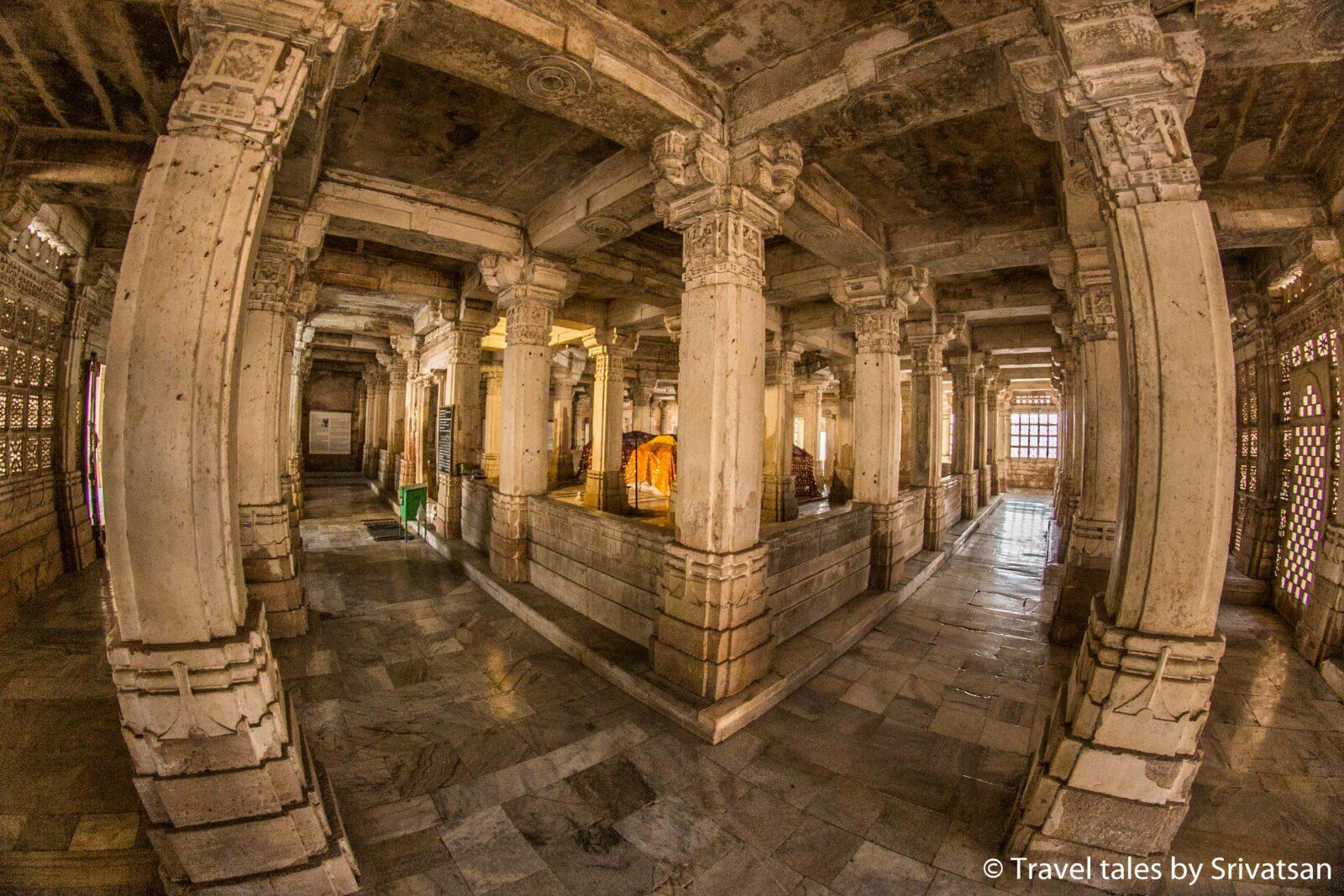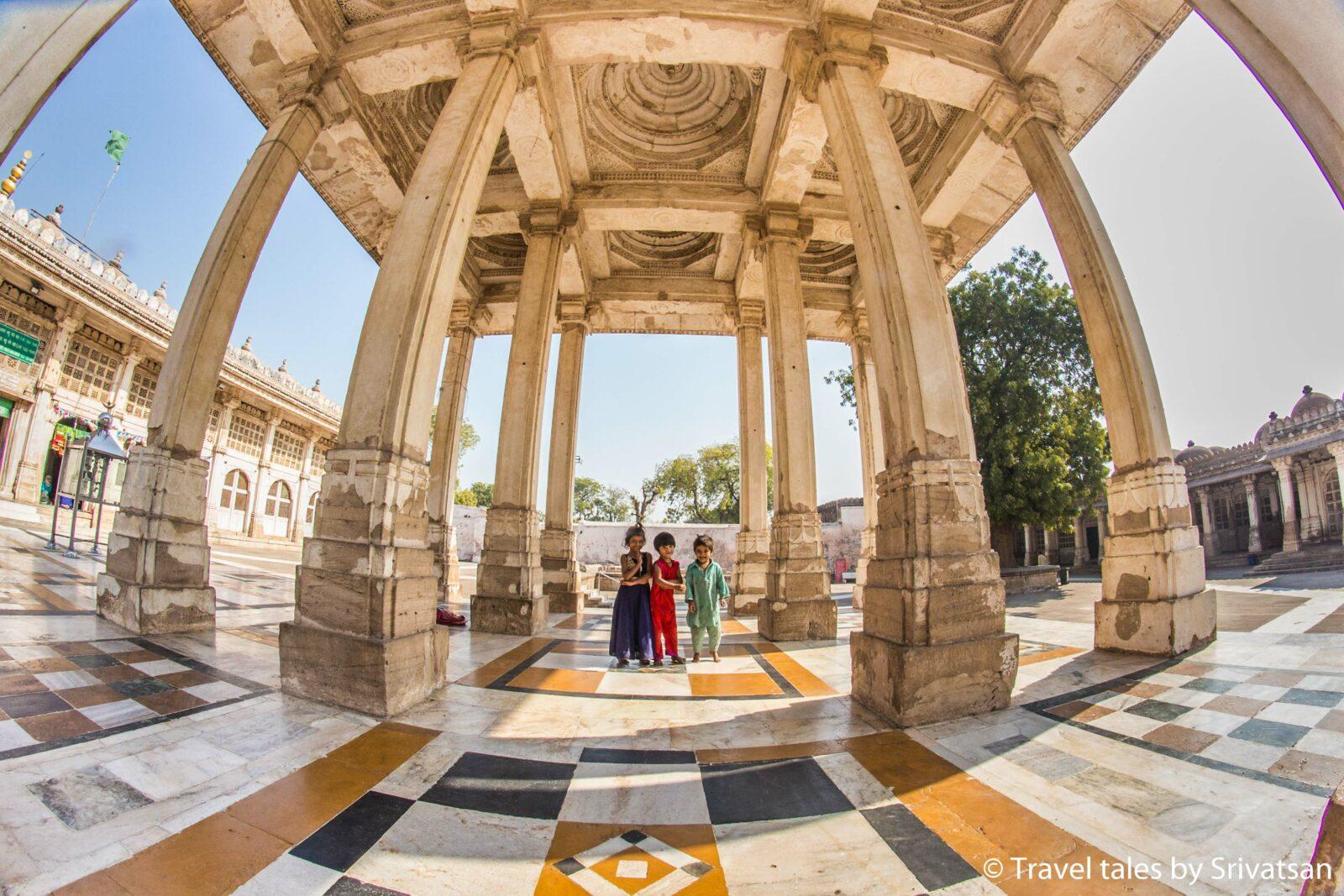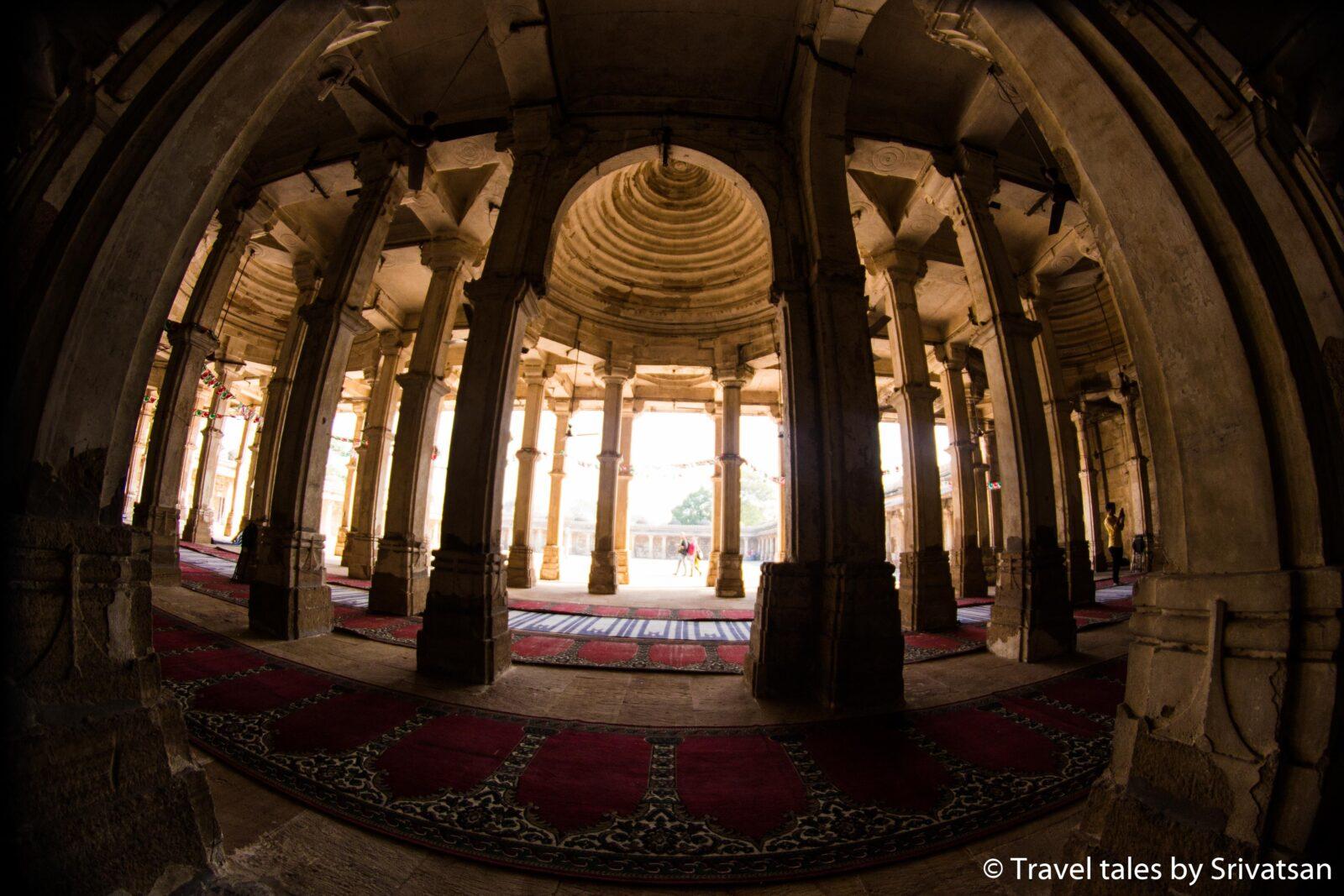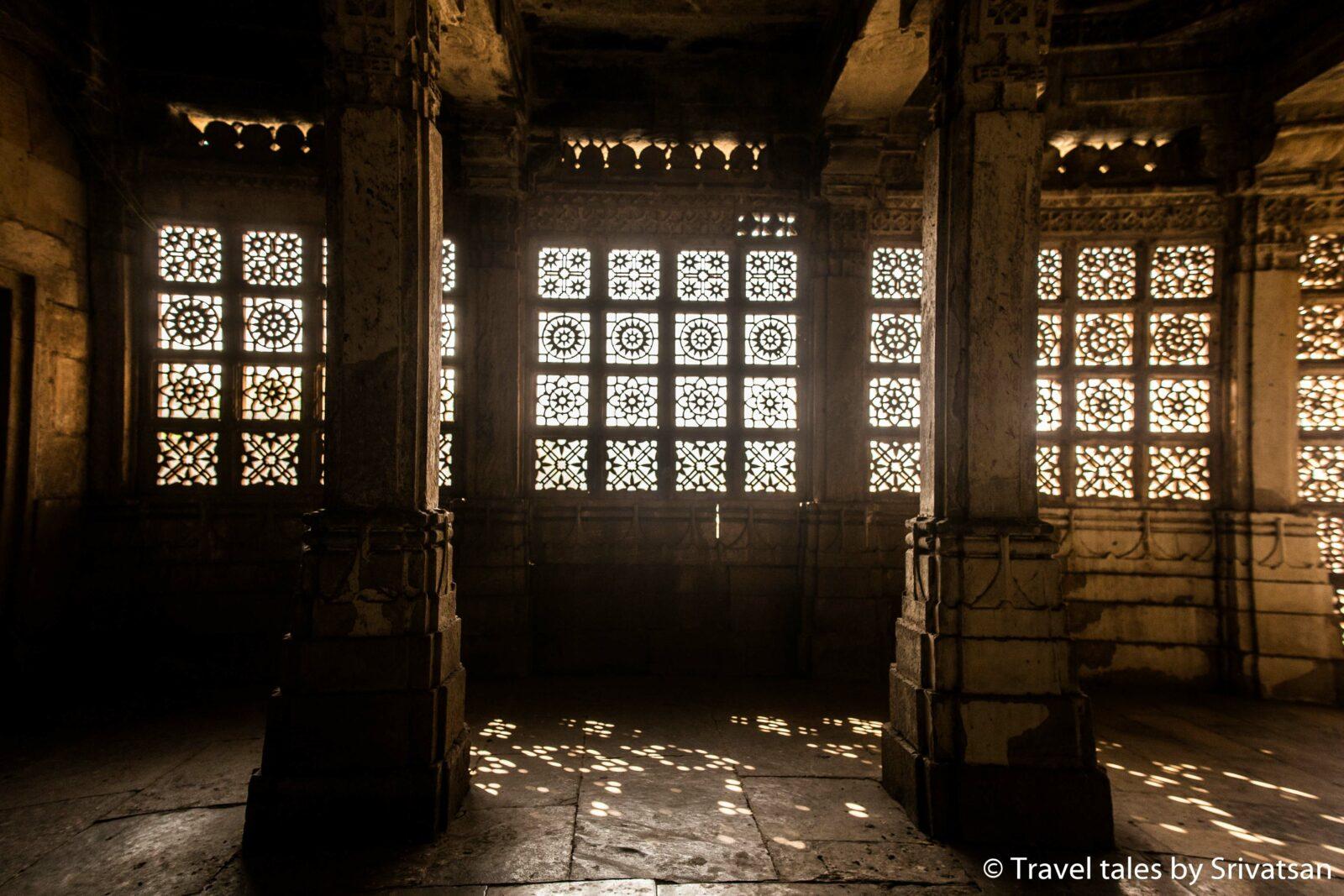The Land Of Rich Heritage: Sarkhej Roza and kumbharwada , Gujarat


We wanted a befitting experience that summed up what Amdavad, India’s First world heritage city, has to offer, Beauty, in and out through history and monuments. It was around 10 am when we entered the complex which is one of the crown jewel of Gujarat! The Roza complex at Sarkhej, far from the city’s madness, sits quiet from the outside as we entered and very much seemed like any old mosque. And just behind the Roza is the Kumbharwada, a place where the potters families from various villages comes together after monsoon to earn their living.
In plain sight, Sarkhej roza is a set of beautiful buildings but with proper inspection it is a lot more than that. The complex is a cluster of tombs and mosque on the lake side was initiated by Shaikh Ahmad Khattu, The Sufi mystic belovedly called as Ganjbaksh was one of the four Ahmads who laid the foundations of Ahmedabad city. In a way the idea of Amdavad city started from here. After his death Sultan Muhammad Shah II commissioned for a splendid tomb for the saint and a mosque which was completed by his son. The tomb, which stands in the center is one of the most beautiful with inlaid metal and glass works, surrounded by carved Windows and walls. It is the perfect example of the fusion between Hindu, Jain and islamic architecture styles and a precursor to the mughal period.
The kharana is a cluster of kumbharwadas which are groups of temporary huts made of plastic and metal sheets from the outside view, But with proper inspection and talking with people we came to know that a kumbharwada is where all the families from the same village lives together for a few months. There is a separate kumbharwada for each village. They all, predominantly Sumra Muslim families, work together from early morning till high noon and then from evening till dusk. The customers are majorly hindus across Gujarat state, retailers and general public alike. This is a perfect amalgamation of the idea behind the Roza complex’s architecture just behind the complex.
The Roza complex also contains the Tombs of the Royalty along with a Mosque and open court pavilion apart from the tomb of the saint. The Jama mosque was built along the saint’s tomb soon became the favorite place of the royalties during the summer, and a palace was built right along the mosque atop the lake bank. It was where the royal families spent most of their summers.
On a tangent, the potters move to the Sarkhej with their entire family after monsoon. They spend most of their days making pots, right from children to the oldest of the family, taking up tasks up to their ability. Some families actually go back to their villages only if there are any family functions to be attended, otherwise they live in their Kumbharwadas all through the year.
The royal mausoleums contains some of the beautiful jaalis and intricately carved walls just on the lake bank. The sunlight transforms the place into a surreal beauty, the windows also makes the place very cool and airy. It is one of the early works of the fusion between architectural styles which later came to be known as Indo-Saracenic style.
The potters make around four distinct types of pots which are used for storing and keeping the water cool as the city would get very very hot at high summers. The clay and the earthen color painted later are sourced from other villages and are handmade in thousands by the potters families. The pots are bought in bulk and sold across the state, sometimes even to other states.
The Jama masjid in the complex which functions even today, has one of the most unique features where the prayers of the imam could easily and clearly heard from any corners of the masjid. It is in complete contrast to the Jama masjid at Old city of Ahmedabad, as this one is more bare and simple to the namesake Elaborate ornamental pillars and embellishments.
Although life is very hard making pots and meeting ends even is a humongous task for the families, they still return every year and continue to do their craft and business. They have gained a reputation for themselves through their sheer commitment to their family business.
The roza complex has been a place to study, and learn islamic scriptures and evolved to be a meeting point of society, Royalty and religion. As one of the fastest growing city grows around it and threatens its existence, and among and as the ruins it stands tall today and speak for its ingenuity and beauty.
Apart from all the physical beauty it has to offer, we felt the calmness in us while we just sat and take it all in. It is not just an islamic space, its a thriving ecosystem of Religious and spiritual avenues in the midst of chaotic social media filled life. It forces us to take a moment to look around us and to realize our culture and heritage and to realize the serious phase we are in these days where we don’t pay attention to such things and they fall into the cracks of urbanization and disappear forever. And that is the major point of all such monuments and their preservation. Old world charm in the midst of modern growth. A comparison between the old and modern cityscape, lifestyle and culture.










All images are copy right protected to travel tales by Srivatsan.







